|
Our urban team at Warren Co SWCD conducts routine sediment and erosion control inspections on active construction sites in Warren County. During these inspections and through collaboration with other surrounding soil and water districts, we have developed a list of common compliance issues with the Ohio EPA Construction General Permit regulations that can be fixed with a couple of easy steps: 1) Copy of the Current SWPPP + Construction Activity Log On-Site To make sure our inspectors are looking for the most up-to-date sediment and erosion control features on-site and to ensure that run-off from the current site conditions is accounted for, it is required that a copy of the most up-to-date Stormwater Pollution Prevention Plan is available on-site. EASY FIX: Keep in touch with your local inspector to make sure that changes to the sediment and erosion plans are documented on the SWPPP. Keep a copy of this plan and construction activity logs in a construction trailer on-site or in a mailbox in residential developments. A great portable option is to anchor a mailbox in a concrete-filled bucket that can be moved with you to the next job site. Be sure to let inspectors know where these plans are going to be kept throughout the construction process. 2) Dumpster Covers Construction site dumpsters can contain a variety of waste materials. Some of these, such as paints, adhesives, plasters, etc. can be harmful to natural environments if they enter waterways through storm systems. While most sites have dumpsters on-site, one of the commonly missed sediment and erosion control measures is a dumpster lid. EASY FIX: Covering dumpsters with a lid or tarp prevents rainwater from entering the waste bin and carrying out pollutants through openings in the bottom of the container. 3) Porta-Potties Located Away from Storm Drains Access to restrooms on-site is essential, but if waste from the facility leaches from the containment and gets carried into the storm system it can end up in our creeks and lakes. This not only poses a public health threat, it also introduces excess nutrients and hazards to aquatic ecosystems. EASY FIX: If possible, place porta potties away from direct storm drain entryways where leachate would be able to soak into the ground prior to getting washed into roadways, storm conveyance systems, or waterways. 4) Proper Concrete Slurry Containment Concrete slurry containment is important to prevent clogging storm systems and preventing these materials from getting into waterways where they can harm wildlife. EASY FIX: The Construction General Permit outlines the proper specifications for a concrete washout pit, which should be designed with 4 walls for complete containment and a liner to prevent these materials from leaching into the ground. If the site makes it difficult for trucks to wash into the bins at ground level, the ground can be dug out to provide a deeper bin. If it is not possible for pump trucks to fold up and properly wash out at these sites, there should be designated areas for this activity to take place on lots with liner on the ground, surrounding controls to prevent run off, and the waste should be dug out and taken off site. 5) Stabilized Basins – Right out of the Gate Basin installation should be one of the first items in the construction sequence. Basins must be installed and functional before any upslope land disturbance takes place. This is an imperative step because basins are used to control both stormwater quantity and quality. Often after the basin is constructed, there is an idle period before seeding and strawing the basin. This can lead to increased erosion, the formation of rills and gullies on the basin embankments, and ultimately more sediment removal to achieve proper final storage capacity. EASY FIX: Stabilizing the basin with seed and straw right after installation can help minimize the impacts of erosion, ensure the basin will operate as designed, and minimize sediment accumulation. A stabilized basin early on may save you time and money from having to remove sediment from the basin at project completion to restore proper storage volume. Don’t forget to install a skimmer structure right out of the gate, too! The Ohio Rainwater and Land Development Manual serves as a great resource for additional details and specifications regarding construction site good housekeeping items. Warren Co SWCD’s expert Urban Team is also available to help – contact us at (513) 695-1337 or [email protected].
Did you find this information helpful? We have more to share! Sign up to receive future editions of Development Digest as well as regulatory updates and information from Warren Co SWCD.
3 Comments
|
Details
Urban team BLOGEvery month, the Warren Co SWCD Urban Team dives deep into the world of land development as it relates to stormwater pollution prevention. The blog covers topics like erosion & sediment control best management practices (BMPs), state and local regulations, retention/detention basins, and the conservation of our natural resources. Stay up to date with Development Digest by signing up for WCSWCD Urban eNews!
Categories
All
Archives
July 2024
|
|
|
Contact:PHONE: (513) 695 - 1337
EMAIL: [email protected] HOURS: Monday - Friday 7:30am - 4:00pm (except holidays) Connect:Warren County Soil & Water Conservation District Copyright © 2016
Warren SWCD Privacy Notice. Emails are serviced by Constant Contact. Constant Contact's Privacy Notice. |




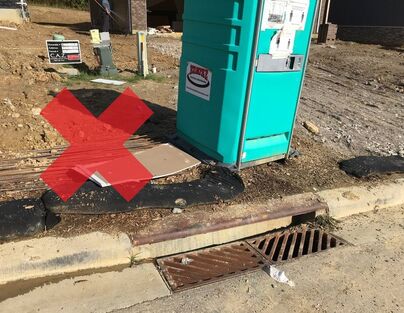
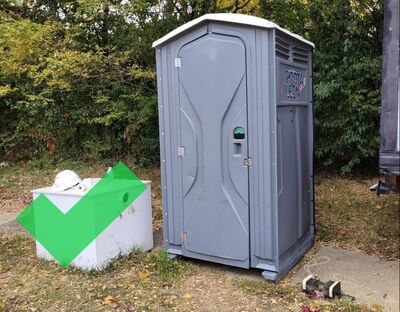
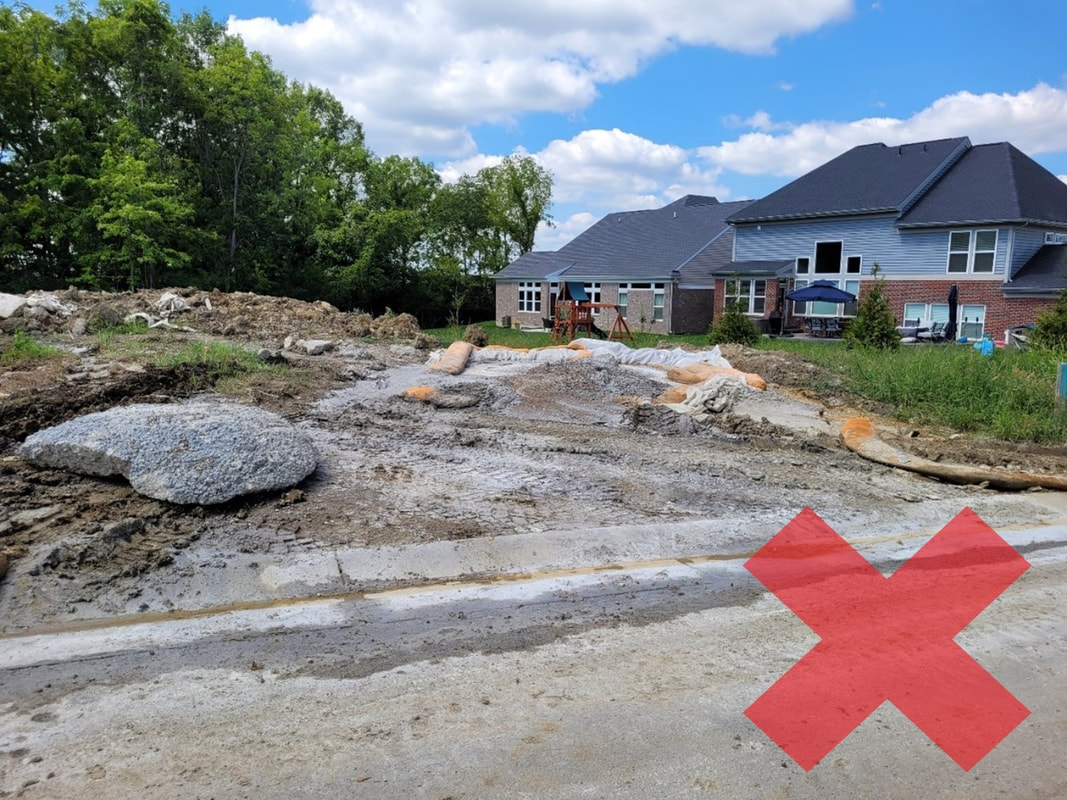
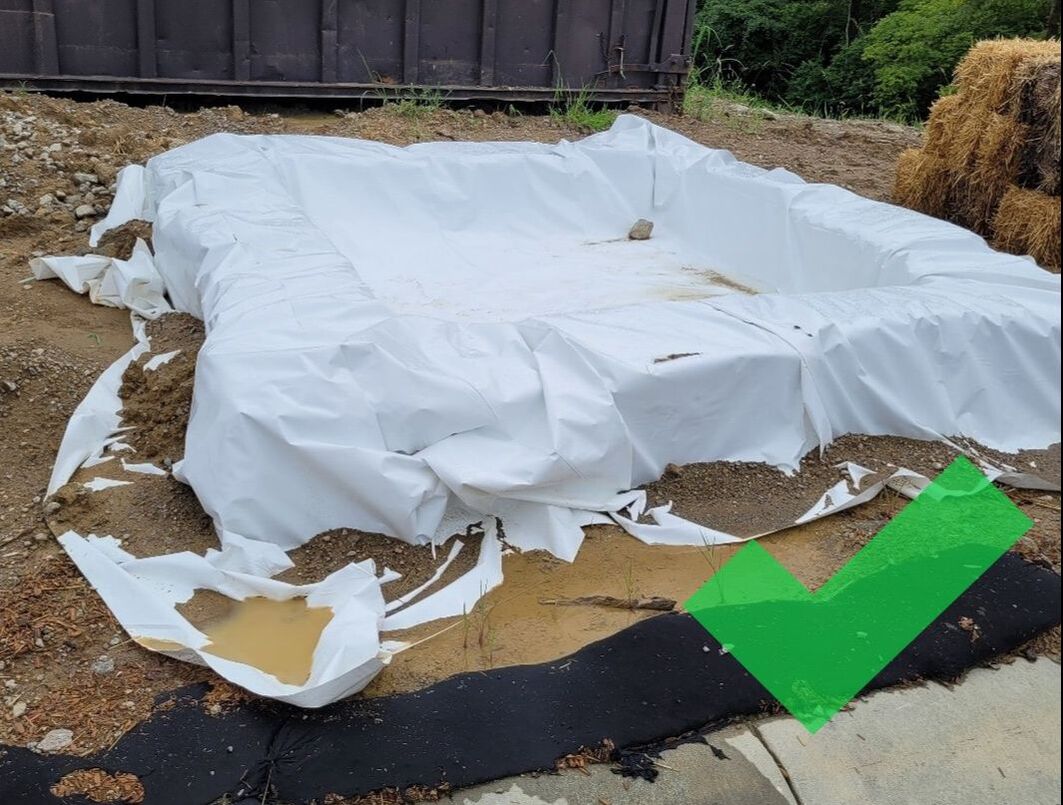

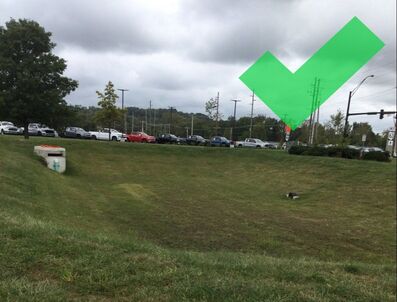
 RSS Feed
RSS Feed
